Original member
X00 :Administrative Group
In order to promote organic collaboration between research groups and between planned research projects, the research group will take the lead in promoting research exchanges between groups and will commit to generating results by providing organizational support through the establishment of joint use centers in charge of synthesis, stacking, structural measurement, and optical measurement within the field.
Administrative Group Members
〇:Principal investigator, Others: Research Assistants
| 〇Hiroki Ago | Kyushu University |
| Susumu Okada | University of Tsukuba |
| Yasumitsu Miyata | National Institute for Materials Science |
| Kazunari Matsuda | Kyoto University |
| Mikito Koshino | Osaka University |
| Kosei Ueno | Hokkaido University |
| Kosuke Nagashio | The University of Tokyo |
| Tomoki Machida | The University of Tokyo |
| Hidehiro Sakurai | Osaka University |
| Yukiko Takamura | JAIST |
| Eiji Nishibori | University of Tsukuba |
| Yutaka Ohno | Nagoya University |
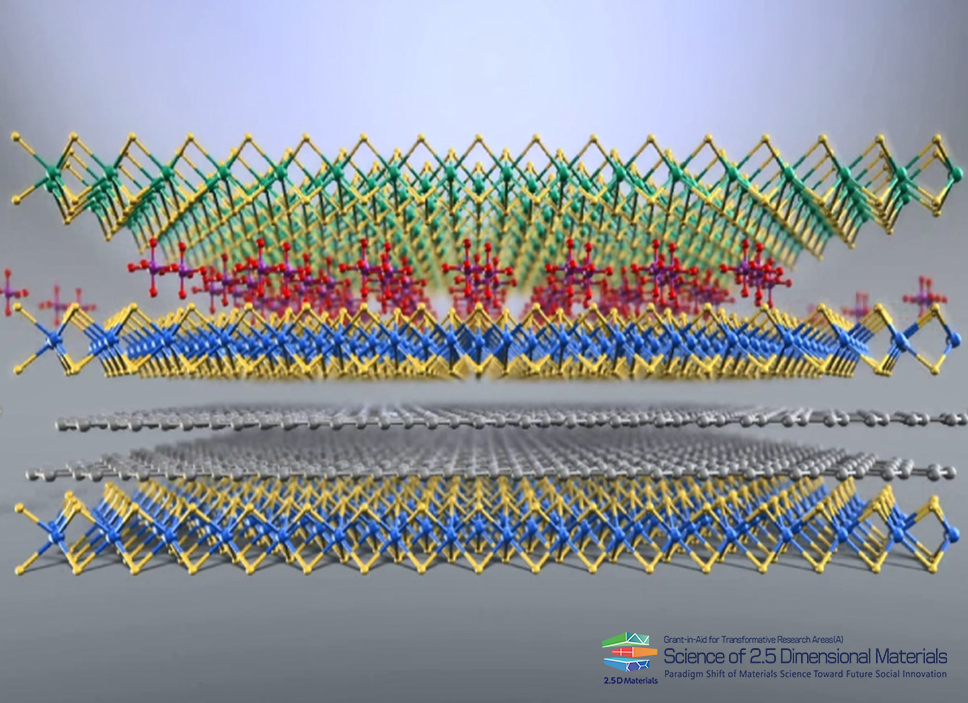
Group A01:Material Creation for 2.5D Structures (Materials Creation Group)
Creation of 2D materials based on synthesis and design technologies for high-quality 2D materials and related materials that exhibit outstanding and novel properties
We are mainly responsible for the design and synthesis of high-quality 2D materials that exhibit outstanding physical properties and unique characteristics, and create materials that will serve as building blocks for 2.5D materials science. We will conduct high-crystal and wafer-scale synthesis of 2D materials such as graphene, transition metal dichalcogenides (TMDC), and hexagonal boron nitride (h-BN), as well as research on crystal growth and fundamental science of new types of 2D materials showing exotic physical properties.
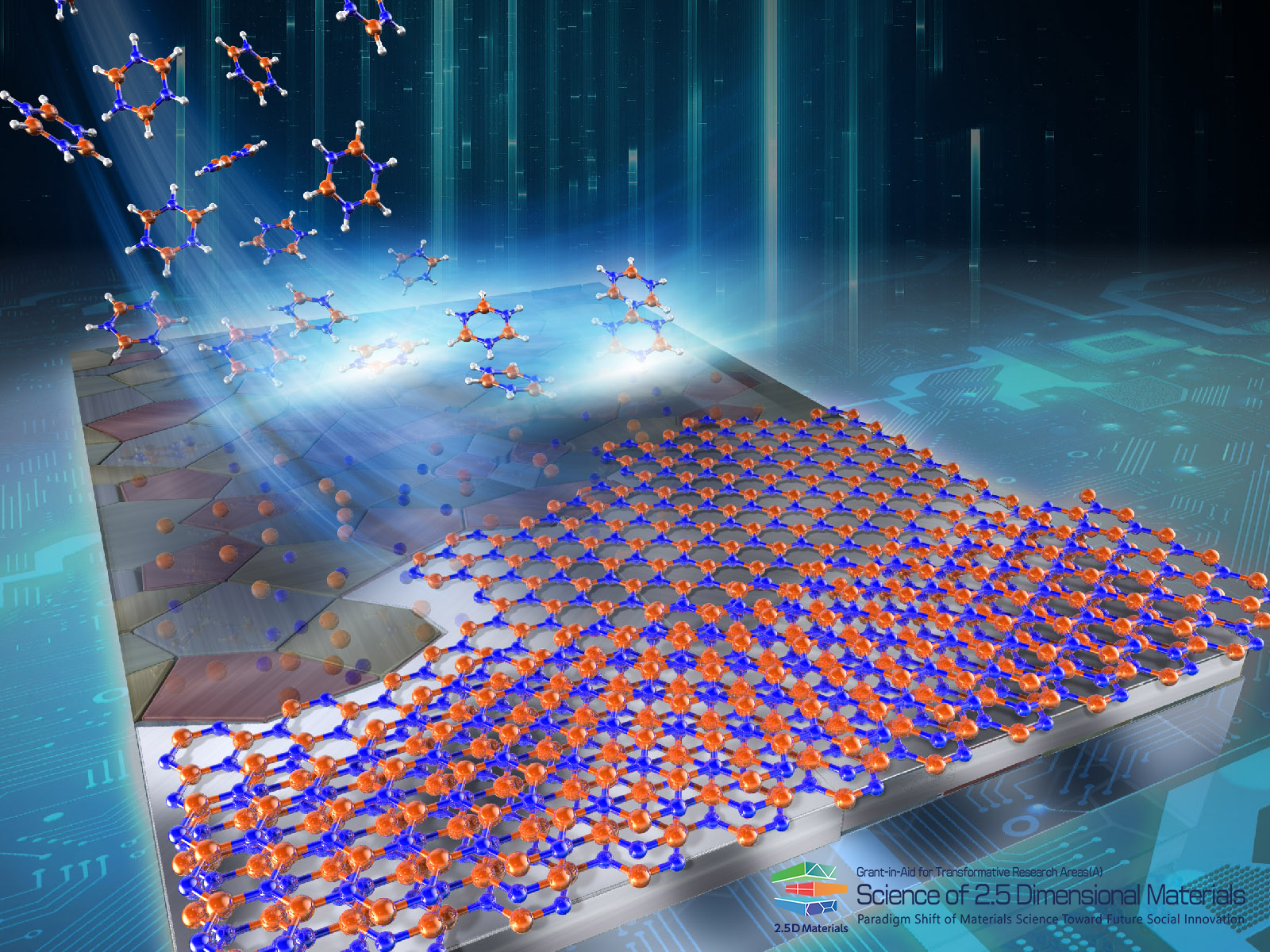
Group A01 Members
 |
A01:Material Creation Group Principal Investigator Design of new materials by DFT and computational support |
 |
A01 : Material Creation Group Research Members CVD Growth and Intercalation of Two-Dimensional Materials |
 |
A01 : Material Creation Group Research Members Creation of Pseudo-Two-dimensional Structures Based on Organic Synthesis |
 |
A01 : Material Creation Group Research Members High-pressure synthesis and vapor phase growth of high-quality h-BN |
Group A02:Construction of 2.5D Integrated Structures (Integration Group)
Promoting the creation of 2.5-dimensional materials based on technologies that stack, twist, connect, and use voids in two-dimensional materials
Through the advancement and integration of individual proprietary technologies such as robotic stacking, liquid/vapor phase deposition, and intercalation, a variety of integrated structures will be fabricated.
Based on the samples provided by the Materials Creation Group, we will provide the integrated structures to the Analysis Group, the Physical Properties Group, and the Function Creation Group, and promote joint research on the control of electronic states, the search for novel quantum properties, and device applications.
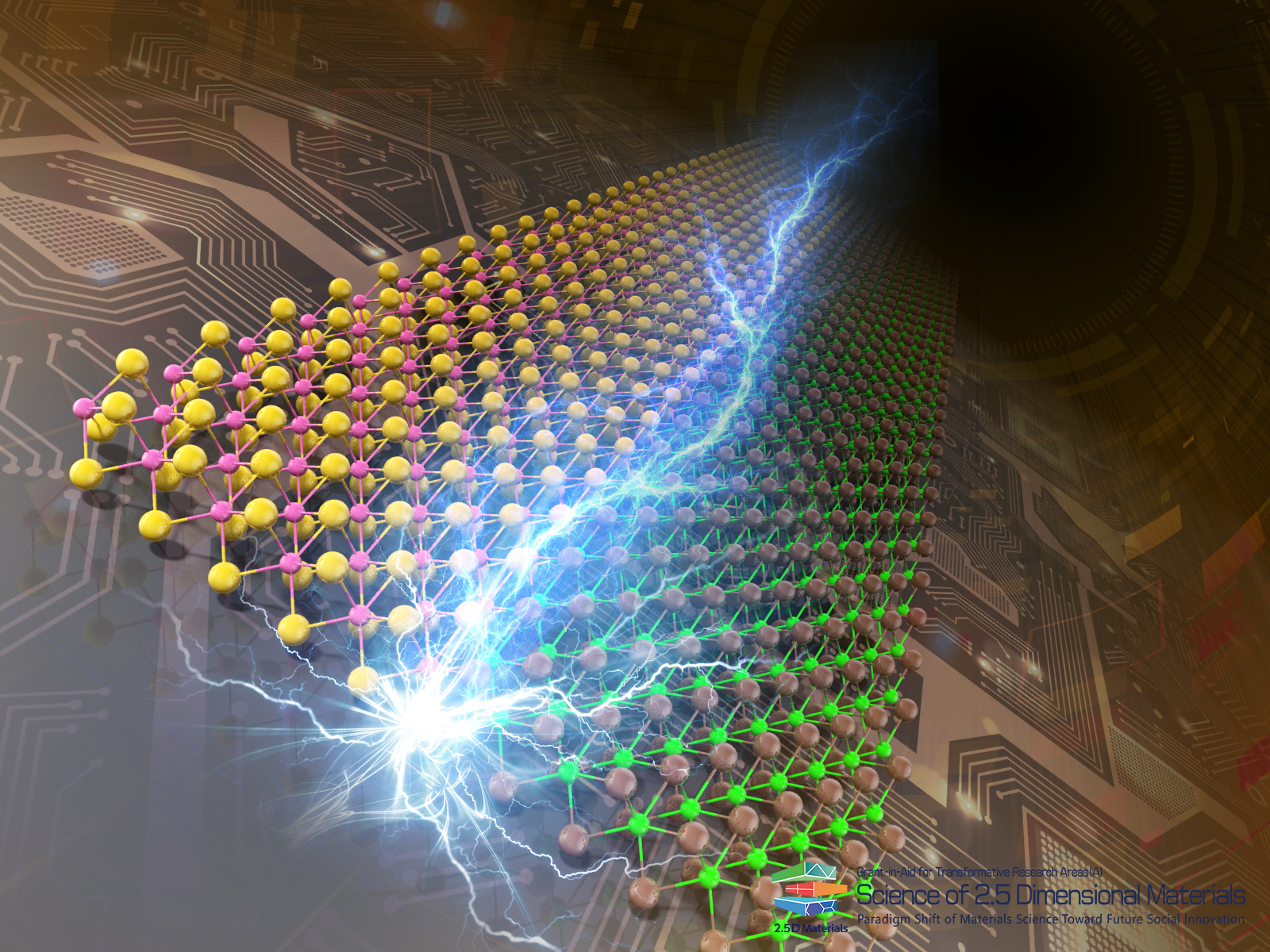
Group A02 Members
 |
A02:Integration Group Principal Investigator Chemical vapor deposition and integration of 2.5D materials |
 |
A02 : Integration Group Research Members Construction of Integrated Structures by Robotic Stacking |
 |
A02 : Integration Group Research Members Self-assembled molecular film formation by liquid-phase/printing process |
 |
A02:Integration Group Research Members Utilization of Nanospace by Intercalation |
Group A03:Development of Analysis Techniques for 2.5D Structures (Analysis Group)
Development and advancement of advanced analytical techniques to promote the development of unique electronic, optical, and structural properties and functions in 2.5D structures
We will develop analytical techniques to reveal the unique structures and electronic states that occur in 2.5D materials and support the academic development of 2.5D materials science.
Specifically, we will use various experimental probes (light, X-ray, electron microscopy, and electron spectroscopy) to study the electronic structure of 2.5D materials, such as the electronic state induced by moíre potentials from the angular stacking of degrees of freedom and the atomic arrangement structure in the unique 2D nanospace surrounded by 2D materials. We will advance evaluation techniques that will contribute to the promotion of research on 2.5-dimensional materials.
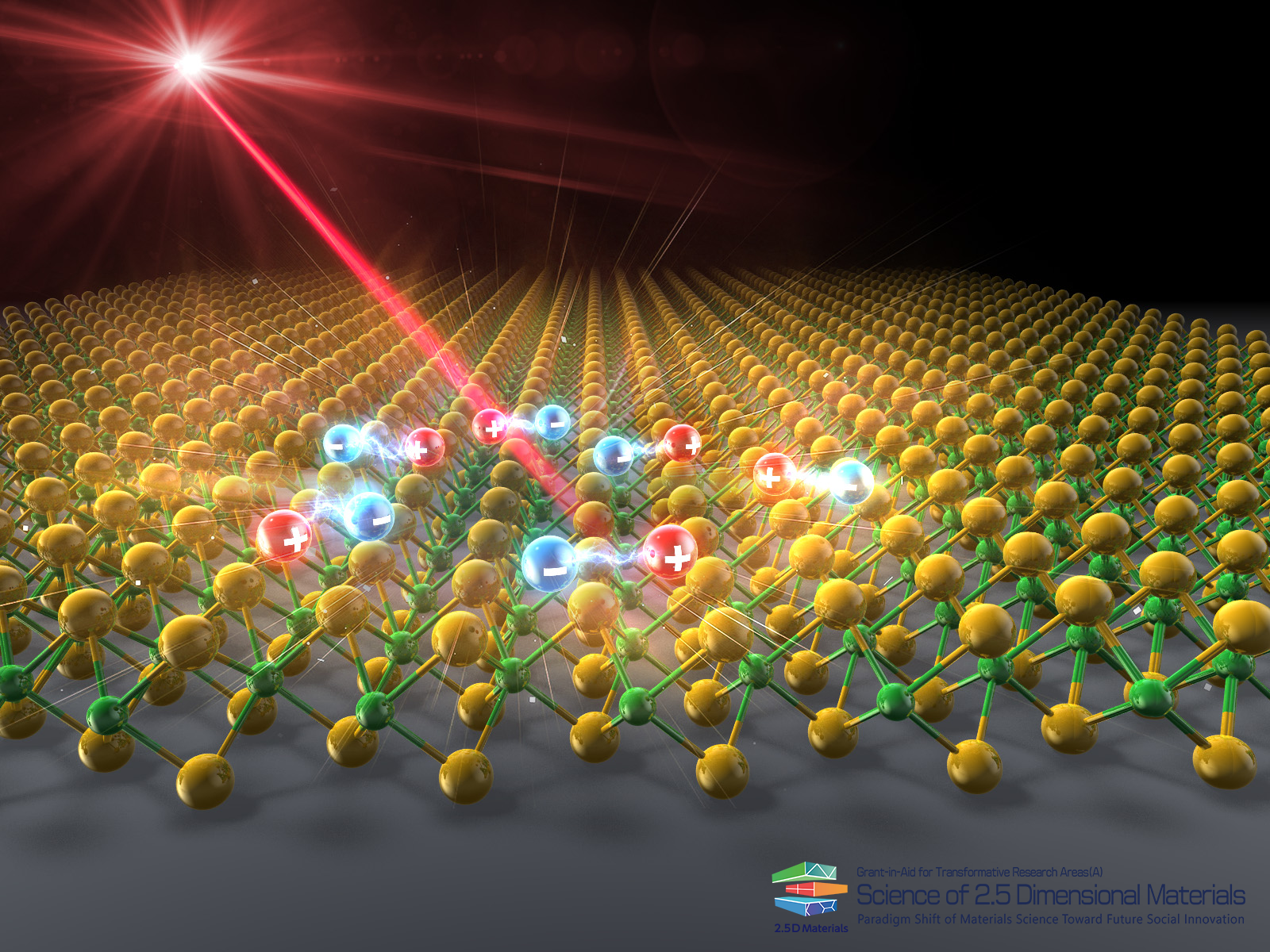
Group A03 Members
 |
A03:Analysis Group Principal Investigator Optical technology and function creation of 2.5D materials |
 |
A03:Analysis Group Research Members Structural Characterization of 2.5D Materials by Advanced Synchrotron X-ray Diffraction |
 |
A03:Analysis Group Research Members Atomic-level structural analysis of 2.5D materials using state-of-the-art electron microscopy |
 |
A03:Analysis Group Research Members Direct Observation of Band Structure in 2.5D Materials |
Group A04 : Exploration of Novel Physical Properties of 2.5D Structures (Physical Properties Group)
Understanding and developing the functionality of two-dimensional materials themselves and the electronic, optical, surface, and phonon properties induced by 2.5 dimensionality
Our goal is to design and fabricate 2.5D materials by adding stacking and nanospace degrees of freedom to 2D materials, and to develop novel physical properties. In particular, we will create 2.5D materials with unimaginable electronic, optical, and phonon properties by making full use of materials engineering, experimental techniques, and theories of physical properties. Furthermore, we will develop a new theoretical system to handle 2.5D materials, which are difficult to describe by conventional crystal physics, and provide recommendations for experiments. Through these research activities, we will be responsible for constructing an academic theory of condensed matter science, which will serve as the foundation for “2.5D materials science.
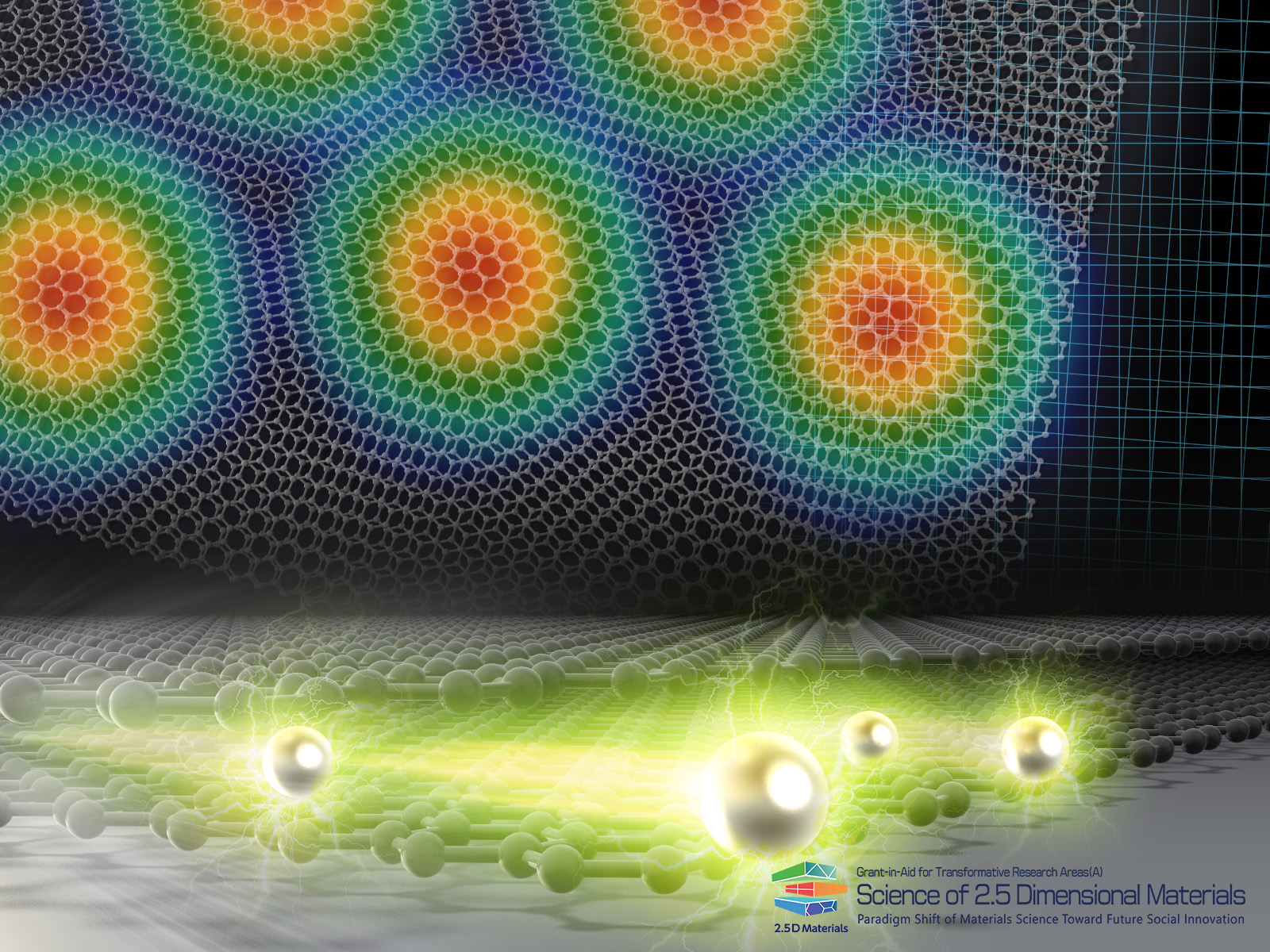
Group A04 Members
 |
A04:Physical Properties Research Group Principal Investigator Theory of properties of hybrid-moire materials and development of new functions |
 |
A04:Physical Properties Research Group Research Members Creation of novel electronic properties by single-composition atomic films such as silicene and multilayering |
 |
A04:Physical Properties Research Group Research Members Exploitation of exotic physical properties using crystal growth (topological materials, superconductors) |
 |
A04:Physical Properties Research Group Research Members Functional expression of electrical, photoconductive, and thermoelectric properties in diverse 2.5D materials |
Group A05 : Development of 2.5D Structures for Electronic, Photonic and Energy Applications (Function Creation Group)
Aiming to create a wide range of functions based on electronic, photonic, and energy application technologies for two-dimensional nanomaterials and 2.5-dimensional structures
In order to realize a paradigm shift in materials science toward social transformation, we will develop an image of what are the promising applications of 2.5D materials and how 2.5D materials can contribute to society. We will develop our research with this in mind. In particular, while controlling the “interface and space,” which is the common core that constitutes devices, we will create, explore the science of, and develop applications for electronic, optical, and energy devices that utilize integrated 2.5D materials.
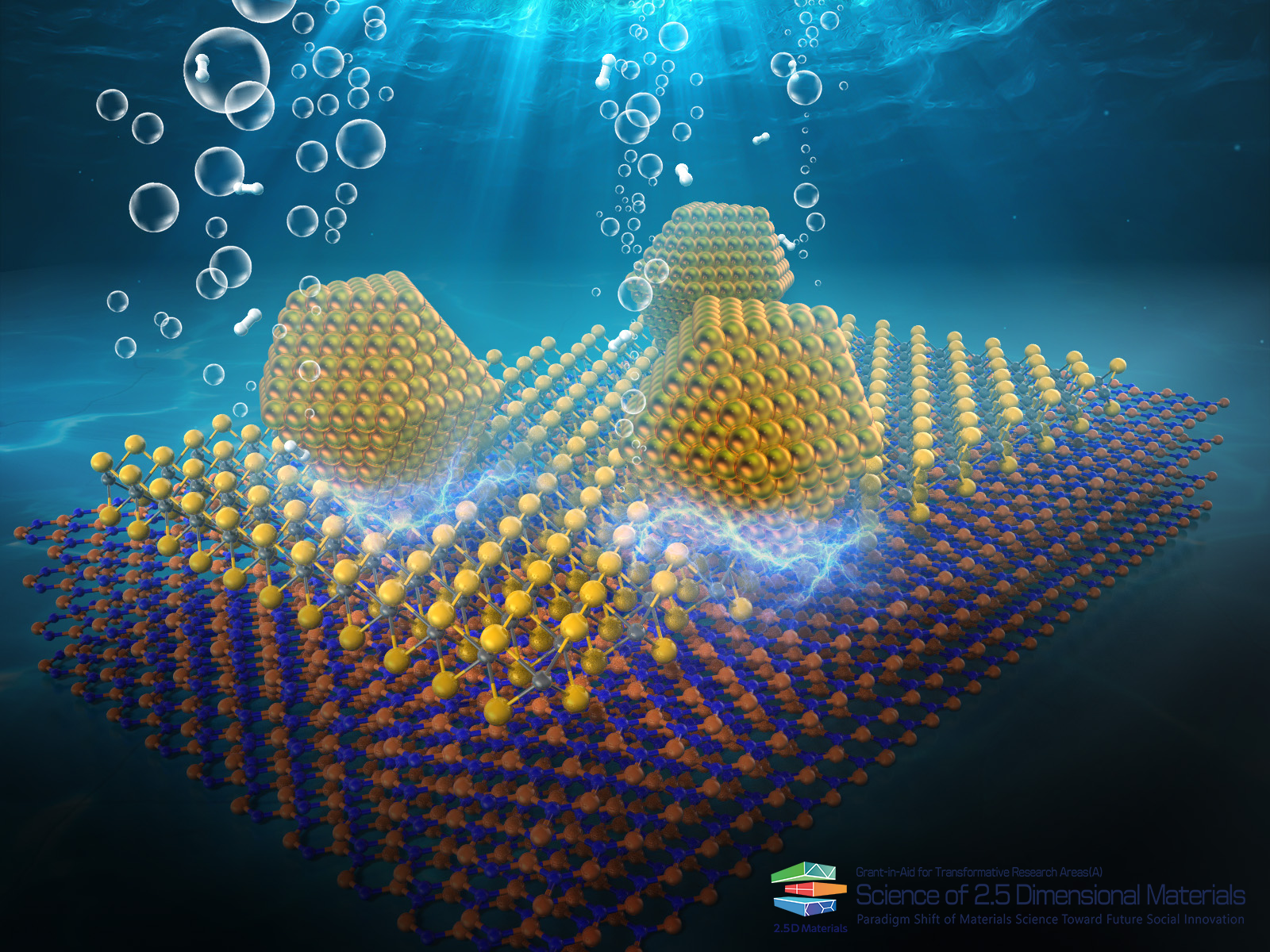
Group A05 Members
 |
A05:Function Creation Group Principal Investigator Chemical sensors and optical energy conversion devices based on 2.5D materials |
 |
A05:Function Creation Group Research Members Control of Transistor Properties by 2.5D Interface Control |
 |
A05:Function Creation Group Research Members Creation of Flexible Electronics Based on 2.5D Materials |
 |
A05:Function Creation Group Research Members Application of 2.5D Materials to Energy Storage Devices |
Advisors and Evaluation Committee Members
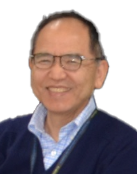 |
Katsumi Kaneko | Distinguished Professor, Shinshu University |
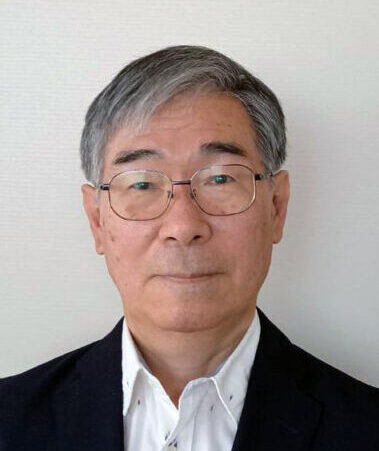 |
Koichiro Saiki | Professor Emeritus, The University of Tokyo |
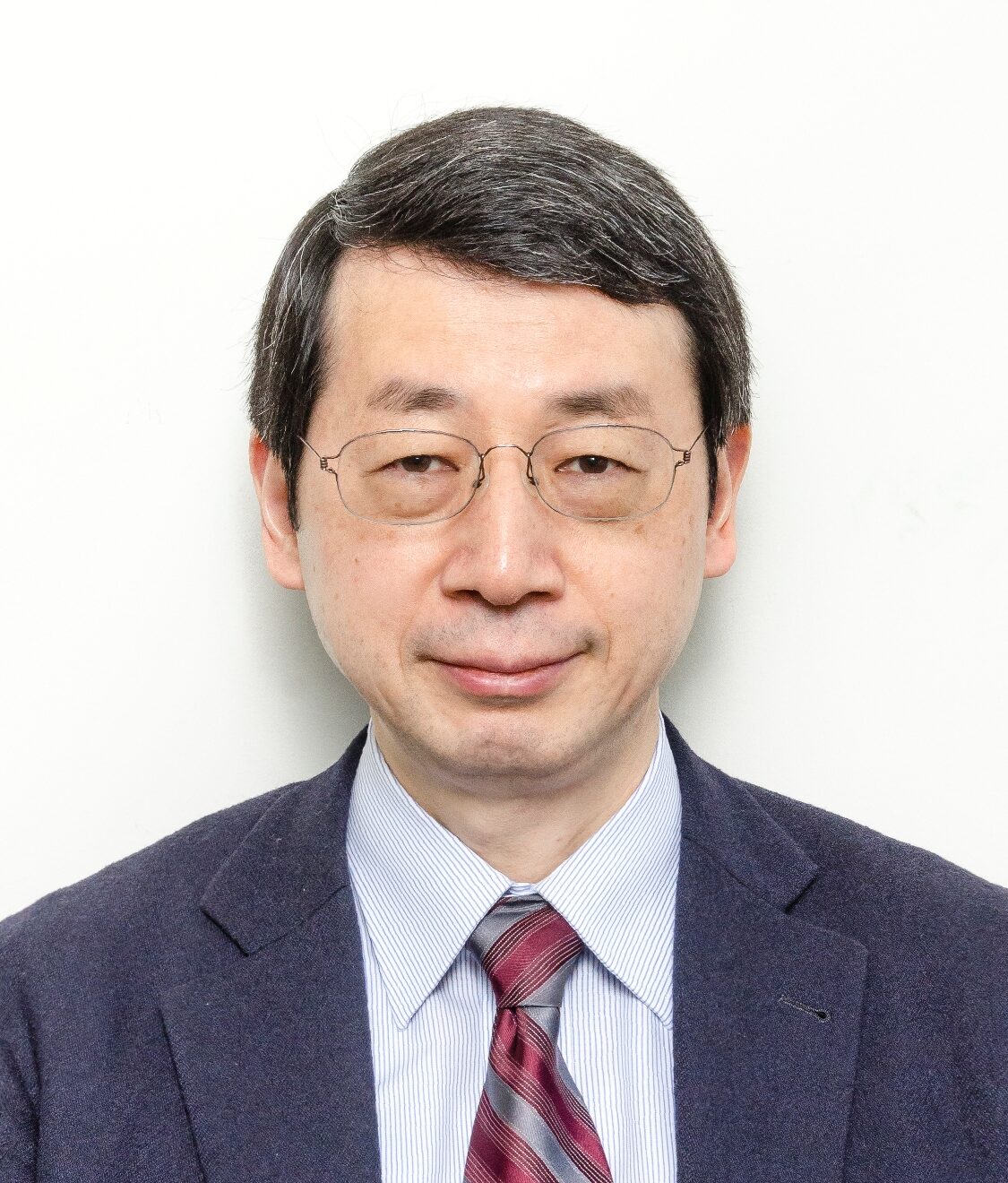 |
Susumu Saito | Institute Professor/Professor Emeritus, Institute of Science Tokyo |
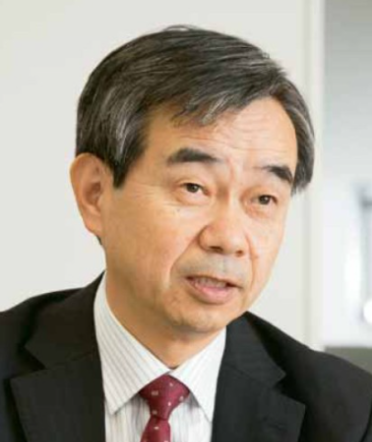 |
Naoki Yokoyama | Honorary Fellow, Fujitsu Limited |
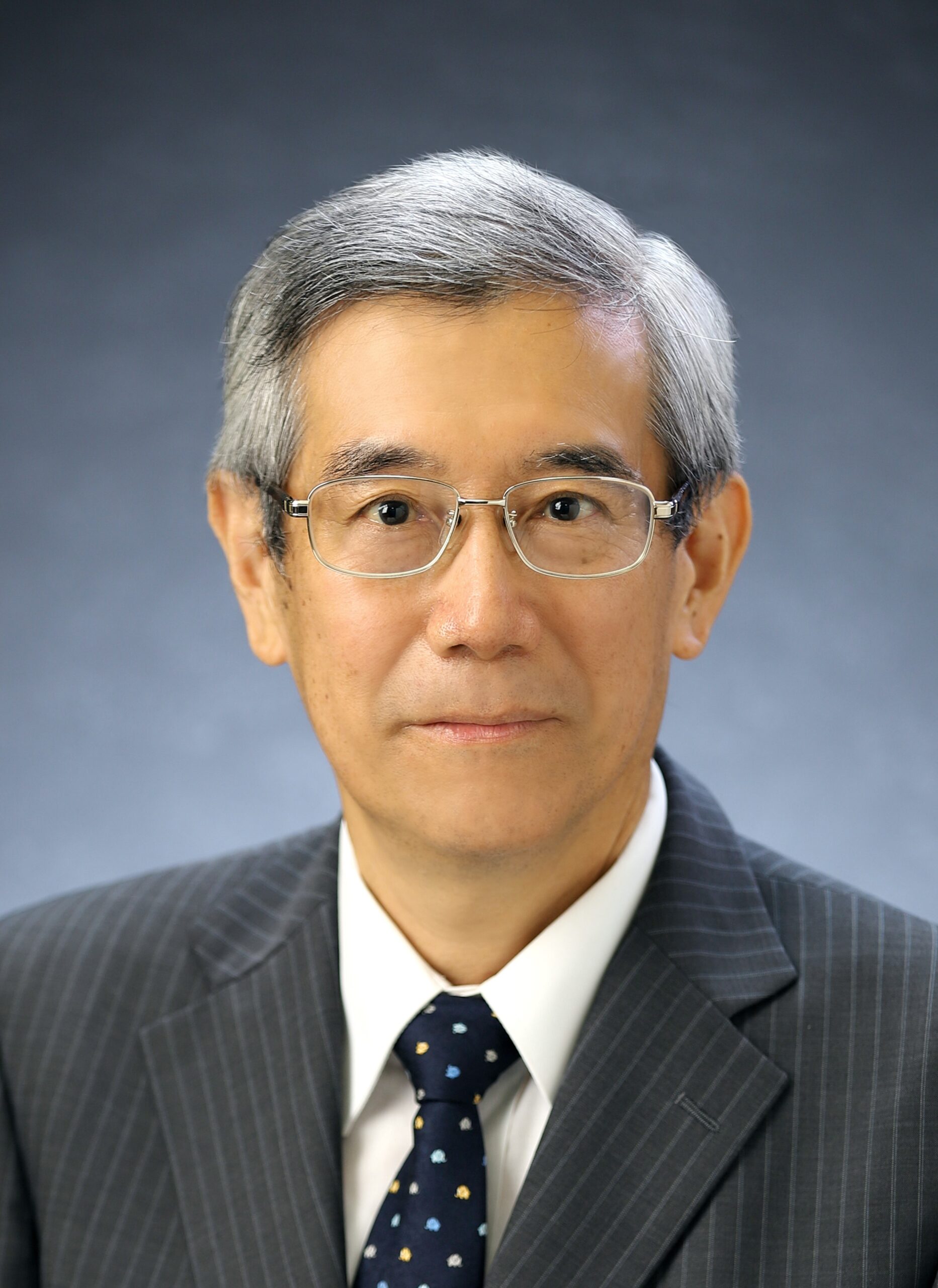 |
Riichiro Saito | Professor Emeritus, Tohoku University |
 |
Stephan Roche | Catalan Institute of Nanoscience and Nanotechnology, Spain |
 |
Young Hee Lee | Sungkyunkwan University, South Korea |
 |
Junichiro Kono | Rice University, USA |
 |
Chun-wei Chen | National Taiwan University (NTU), Taiwan |
Support Staff
| Momoyo Kashiwada |
Public Relations |
| Hideko Monden | Illustrator Science Communicator |
| Tomoko Kudo | Secretary |
| Ayumi Fukuda |
Secretary |

